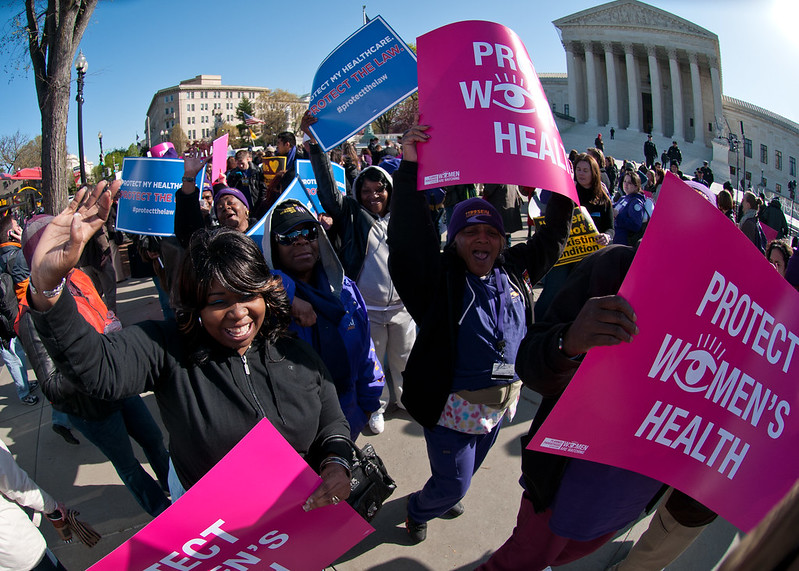The Affordable Care Act’s contraceptive coverage requirement has increased the use of birth control. But the pandemic took a major toll on access to contraception, perpetuating inequities in access.

A recent study of obstetrician-gynecologists (ob-gyns) found that the Affordable Care Act’s (ACA) contraceptive coverage requirement has increased the use of birth control among patients.
According to the report, nearly two-thirds of OBGYNs (63 percent) reported an increase in use of contraception from their patients and 69 percent reported an increase in their patients use of their preferred method of contraception. According to the same report, ob-gyns reported cost as an issue when discussing treatment or test options with their patients.
The finding is significant as the ACA only became law 11 years ago. In such a short time, the ACA has provided preventive health care services to over 61 million women. Some of these essential health care services include screenings for cervical and breast cancer, gestational diabetes, as well as access to the full range of contraceptive methods without incurring out-of-pocket costs.
Without question, the ACA’s contraception coverage requirement has allowed more people to access contraception. Even with the measure in place, the pandemic nevertheless took a toll on women’s contraceptive access to contraception, perpetuating inequities in access. According to a report, 33 percent of women reported that because of the pandemic they delayed or canceled visiting a health care provider for sexual reproductive health care or had trouble getting their birth control. Per the same report, barriers to care were more common among Black (38 percent) and Hispanic (45 percent) women than among white women (29 percent).
In addition, women with low incomes were more likely (36 percent) than higher-income women (31 percent) to report having experienced delays or being unable to get contraceptive or reproductive health care because of the pandemic.
Also, 27 percent of women reported the pandemic has increased their worry about their ability to afford a specific method of contraception. Women with lower incomes were more likely than women with higher incomes to report a pandemic-related increase in worry about affording or obtaining contraception (32 percent vs. 23 percent).
Contraceptive Deserts Existed Long Before COVID

We must remember, however, that the lack of access to contraception some women face was an issue even before the pandemic. According to data from Power to Decide, more than 19 million women of reproductive age living in the U.S. are in need of publicly funded contraception and live in contraceptive deserts. These deserts represent counties where people in need lack reasonable access to a health center offering the full range of birth control methods. These women and patients must search for a clinic and often have to travel more than an hour to get to a clinic that offers the full range of birth control methods or wait a long time to get an appointment.
For some, the travel time to simply access contraception requires extra gas or bus fare, time away from school, unpaid time off work, or extra child care costs. For those struggling to make ends meet, these added expenses make accessing contraception cost-prohibitive.
As millions of people are struggling financially during the pandemic, the ACA’s contraception coverage requirement is more important than ever to help ensure that cost does not stand in the way of access to quality reproductive health care. There is no shortage of ideas of how to help those most impacted by the pandemic get on the road to recovery. Along with those ideas, we should also prioritize women’s health over politics.
Despite the benefits, the constant attacks on the ACA have resulted in decreasing access to insurance coverage and to no co-pay birth control that all people need to live healthy lives. Only last year a Supreme Court decision allowed employers to choose not to cover contraception for almost any reason. The Court will also be making a decision in California v. Texas—known as Texas v. U.S. in the lower courts—once again challenging the constitutionality of the ACA.
As a physician who provides reproductive health care, I was encouraged by the passing of the ACA for the promise it held for women from all walks of life. It was a critical step toward having a health care system that provides all people regardless of who they or where they live with health insurance.
As the future of the ACA hangs in the balance, we must continue to aggressively rebut these challenges to the constitutionality of the ACA. We must also continue to expand access even further and incorporate a patient focused approach that recognizes that almost everyone uses contraception and make it available to everyone who needs it.
Up next:





